Parking Lot Damage and What It Means for You
.png)
A few cracks here, some uneven patches there — maybe even a few puddles after rain. These might seem like small issues in the grand scheme of managing a commercial property. But the truth is, surface wear tells a story. It speaks to how a property is maintained, how safe it feels, and how much confidence it inspires in tenants, customers, or visitors.
A commercial asphalt lot doesn’t decline overnight, and the signs often show up long before a major failure. That’s why this guide is here: to help you spot the signs of surface fatigue, understand when parking lot resurfacing is the right move, and learn how JK Meurer Paving supports property managers with clarity, not pressure.
It’s all about informed timing — so you can make smart choices before small issues become budget-busting liabilities.
Your Lot’s Condition Affects Your Reputation at First Glance
When people arrive at a business, the parking lot contributes to the first impression alongside the signage and landscaping, influencing how the entire property is perceived before anyone steps inside. Unfortunately, many property owners don’t give it much thought until it becomes a problem.
But the impression starts instantly. A worn, uneven lot with unclear striping, pooling water, or crumbling spots communicates neglect, regardless of how well-kept the interior might be.
Research shows that 95% of potential customers form judgments based on exterior maintenance alone — and mor than half choose to drive past rather than pull in. That’s lost revenue, not just rough pavement.
Surface Trouble? These Signs Mean It’s Time to Resurface
While isolated damage can often be repaired, widespread surface distress usually calls for a more comprehensive solution. Commercial pavement resurfacing addresses performance issues while improving appearance and extending lifespan — but only when the base structure is still sound.
Below are common signs that resurfacing may be more appropriate than continuing to patch:
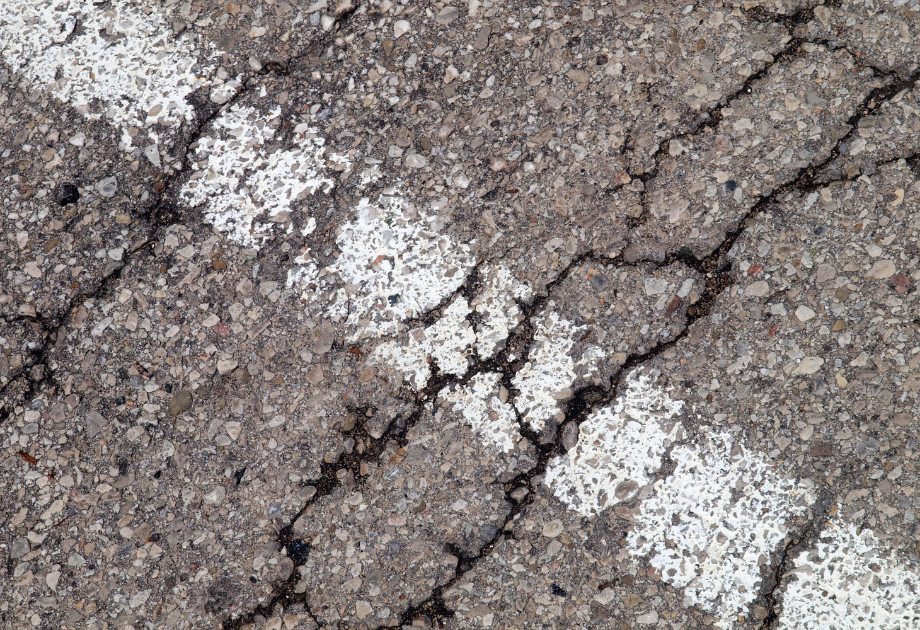
Cracks Are Spreading and Multiplying
A few isolated cracks are expected in any commercial asphalt lot. But when cracking becomes widespread — especially alligator cracking, where cracks intersect and spread like scales — it’s a sign that the surface is fatigued. These areas typically fail faster, and repairs won’t hold up long.
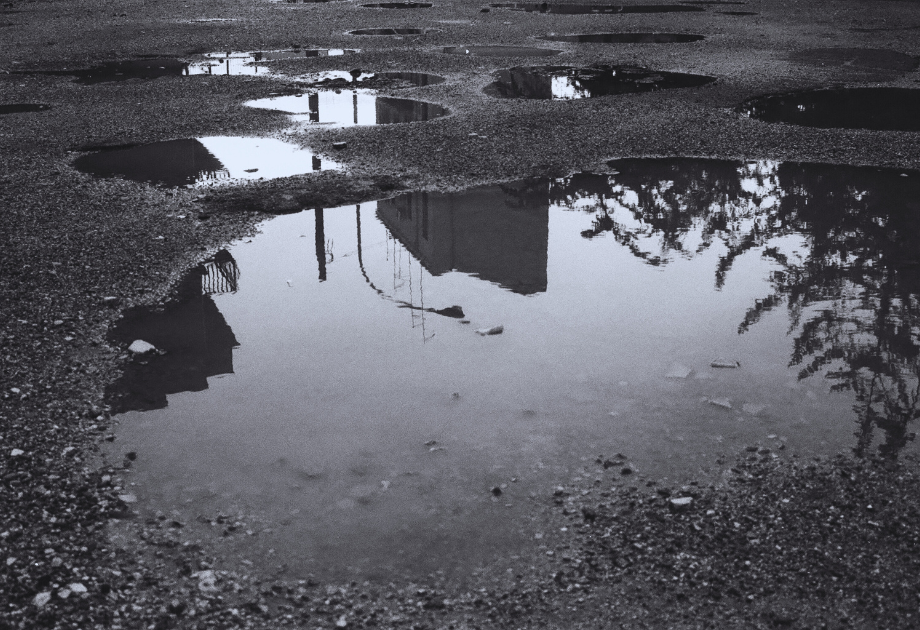
Water Lingers Long After It Rains
If you’re noticing puddles that stick around long after a storm, the drainage is likely compromised. Water that can’t escape seeps into the layers beneath the surface, weakening the structure and accelerating deterioration. That pooling also turns into dangerous ice during winter months — a clear safety risk.
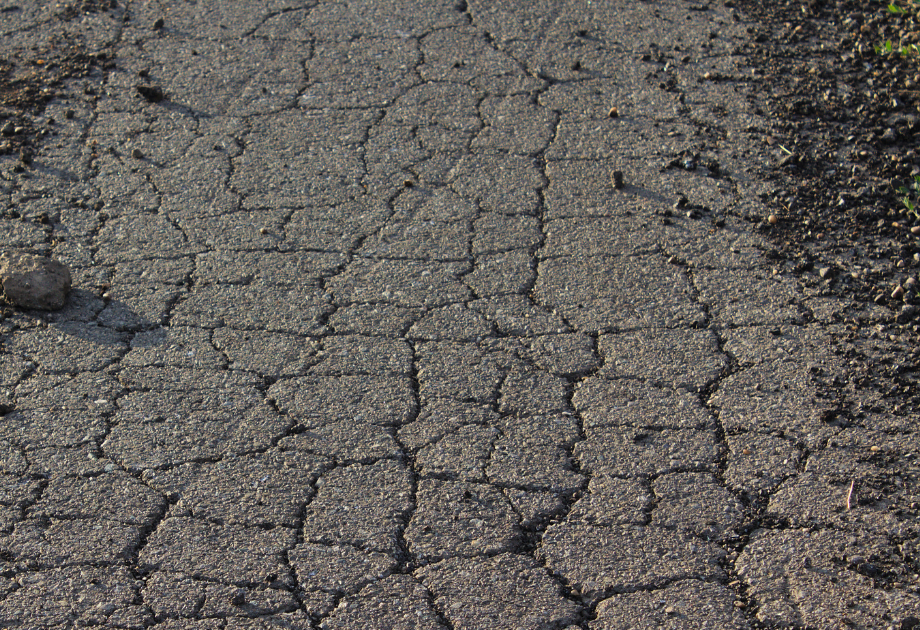
Surface Grit, Gravel, or Shedding
Loose gravel or surface erosion near entry points, dumpsters, or turns usually means the top layer is breaking down. When the binder holding the asphalt together weakens, it leads to exposed aggregate and faster decline. That’s a sign the surface is no longer protecting what’s underneath.
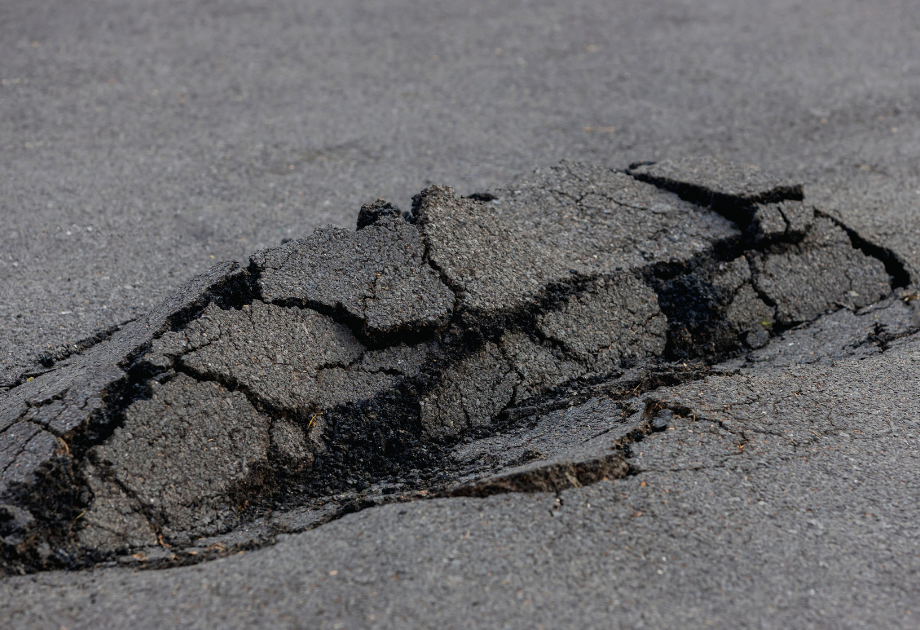
High-Stress Zones Are Sinking or Crumbling
Areas exposed to heavy traffic — like loading zones, entrances, or delivery loops — are the first to show stress. If they’re crumbling or developing depressions, isolated repairs often fail quickly. In these cases, parking lot resurfacing helps to restore the structural integrity needed for long-term use.
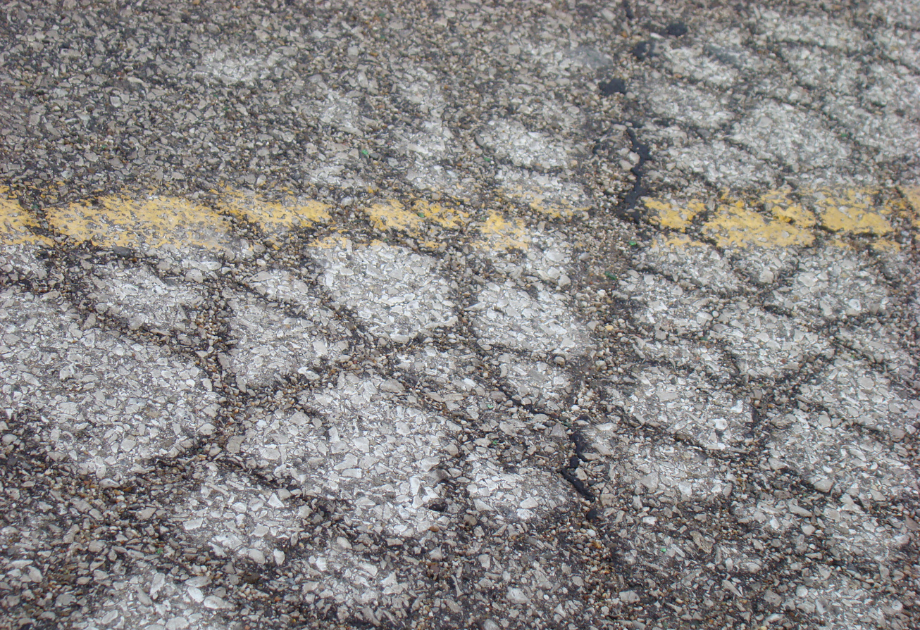
Striping Is Barely Visible
Faded paint may seem cosmetic, but it affects safety and compliance. Blurred stall lines or arrows lead to driver confusion, hinder ADA accessibility, and reflect a lack of upkeep. In most cases, striping wears away because the surface beneath it is aging.
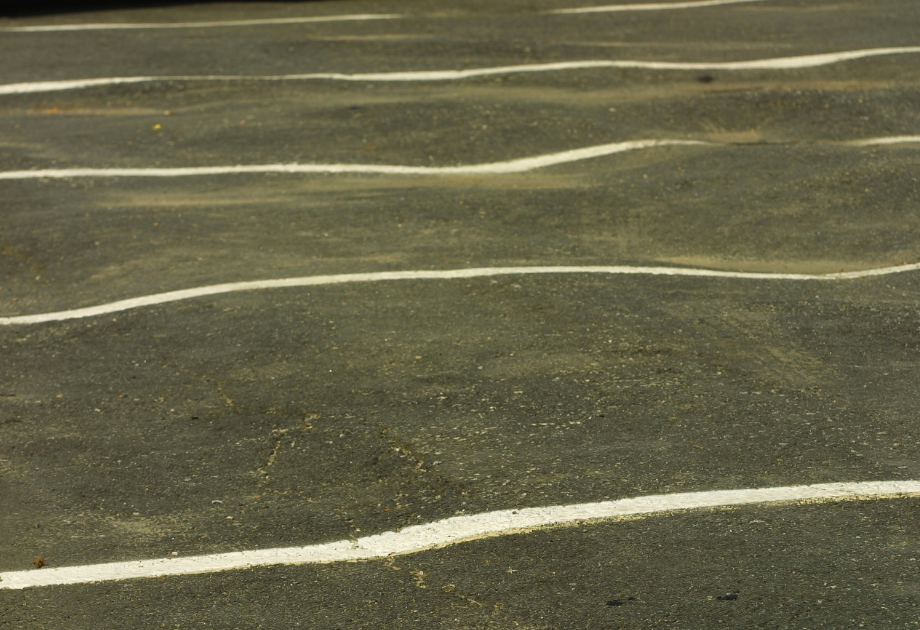
Uneven Surfaces and Trip Hazards Are Everywhere
Dips, cracks, or raised edges might not grab attention until someone trips — or a tenant calls with a complaint. If uneven areas are popping up across the lot, patching can’t keep up. Resurfacing creates a safer walking and driving environment for everyone using your property.
Resurfacing Now Costs Less Than Replacing Later
Delaying maintenance on your asphalt parking lot can lead to significantly higher costs over time. A study by the National Park Service has shown that every dollar spent on pavement preservation can save between $6 and $10 in future rehabilitation costs. This proactive approach not only extends the lifespan of your pavement but also minimizes operational disruptions and enhances safety.
At JK Meurer Paving, we prioritize a consultative process to assess whether parking lot resurfacing is the appropriate solution for your property. Our team evaluates the condition of your pavement and provides clear, tailored recommendations to ensure long-term value and performance.
Safety and Compliance Aren’t Optional in Commercial Lots
A deteriorated asphalt parking lot doesn’t just look bad — it opens up risk.
Pooling water, uneven surfaces, and missing paint can all contribute to trip hazards, ADA violations, and winter safety concerns. If your lot is difficult to navigate or fails to guide traffic properly, that’s a liability issue as much as a maintenance one.
Snow removal also becomes more dangerous and less effective when drainage is compromised. These problems aren’t seasonal — they echo throughout the year in the form of higher risk, tenant complaints, or even injury claims. According to findings published on ScienceDirect, surface degradation in commercial lots is directly linked to operational inefficiencies and increased safety incidents.
Bring Your Lot Back to Life with JK Meurer Paving
Resurfacing doesn’t have to be overwhelming. With JK Meurer Paving’s consultative approach, property managers get straightforward guidance backed by nearly 40 years of regional experience. Our team walks each client through the evaluation process with clear expectations and a pressure-free quote — tailored to the site’s actual conditions.
If resurfacing is a fit, we’ll create a plan that works for your property and timeline. If it’s not, we’ll explain why and help you move forward with confidence. You don’t have to settle for uncertainty or escalating repair costs.
You can request an estimate directly through our site and start making meaningful improvements — safely, strategically, and with a partner you can count on.

